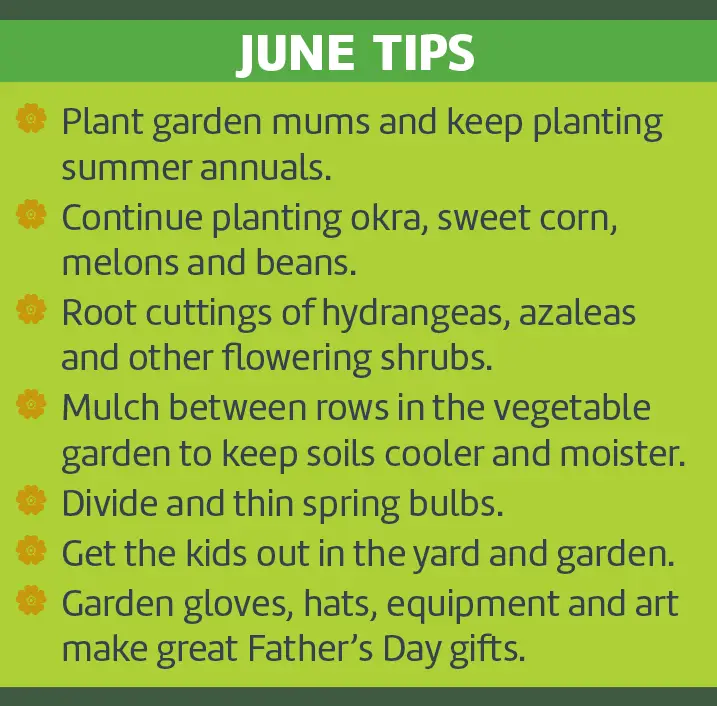Tips on controlling weeds and the weeding impulse

Weeding is my favorite garden chore. It is also my least favorite.
Yes, I am a conflicted weeder, but for good reason. Like dusting and washing dishes, weeding is an endless and paradoxical chore — a labor of love and an exercise in futility — that can be a delight one day and pure drudgery the next. Either way, there always seems to be a need to weed.
Just how strongly we each feel that need, however, depends a lot on our personal attitudes toward weeds. Some view them as unwelcome intruders that must be evicted while others see them through Ralph Waldo Emerson’s eyes: “What is a weed? A plant whose virtues have not yet been discovered.”
Tolerance for weeds, in other words, is on a spectrum. But regardless of where we are on that spectrum, there are some undeniable truths about weeds to be considered.
One is that any “plant out of place” (the standard definition of a weed) can affect its surroundings, both aesthetically and biologically. The severity of its impact may depend on whether the weed is a native or non-native species and whether it has the potential to become aggressive, invasive or noxious. The other is that weeds are here to stay and trying to totally eradicate them is an expensive, potentially environmentally harmful and ultimately futile undertaking.
Gardeners respond to weeds in a variety of ways ranging from waging all-out chemical warfare against them to blithely ignoring them. And the options for weed control are plentiful, too, including hand pulling, hoeing, tilling and mowing as well as mulching with straw, cardboard and newspapers. Using groundcovers, solarizing the soil or using a flame weeder to kill weed plants and seeds are also options to try before resorting to herbicides.
The very best option, however, is a thoughtful, well-planned management strategy called integrated pest management.
IPM is a strategy for managing pests of any kind — weeds, diseases, insects and even nuisance wildlife — in a more economical and environmentally sustainable fashion. By pairing sound gardening practices and advanced planning with a toolkit of different control methods (biological, cultural and chemical), IPM helps reduce and control pest populations while also reducing the need for synthetic pesticides.

At the heart of IPM — and of all effective pest control — are knowledge, prevention and observation. The more we know about our plants, their needs and their potential pests, the more prepared we will be to protect them. If we avoid inadvertently introducing pests into the garden, we reduce the need to control them. And if we monitor our plants and landscapes for emerging pest problems, we can act quickly to nip those problems in the bud.
To learn more about IPM, check out Integrated Pest Management in the Home Landscape publications from Mississippi State, extension.msstate.edu, and Oklahoma State extension.okstate.edu universities. The National Pesticide Information Center, npic.orst.edu, also offers helpful hints on IPM and your local Extension agent and Master Gardeners can also be great sources of information about IPM and weed control in general.
And remember, we shouldn’t feel compelled to eliminate every weed. Many “plants out of place” pose little to no threat and are also beneficial to pollinators, wildlife and important soil organisms and help build soil, retain soil moisture and prevent erosion. Plus, some have medicinal and culinary uses. A prime example: Earlier this spring, one of my favorite gardening guys, Shoals Master Gardener Dwight James, sent me pictures of his first-ever batch of dandelion jelly. It is a gorgeous clear gold in color and according to Dwight tastes “almost like honey.” That’s one plant whose virtues have been discovered!




